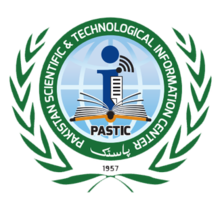Aquafaba: Nutritional Significance for Vegans. A Way towards Environmental Sustainability
Abstract
Chickpea also known as “garbanzo bean” is a versatile legume, consumed all over the world. Other than being
consumed as a whole legume, chickpeas and other legumes are mostly commercialized in brine or sugar
solution. This solution more commonly known as aquafaba can form stabilized emulsions owing to its unique
characteristics and composition. The aim of this review is to give an overview of the nutritional and functional
properties of aquafaba along with its environmental sustainability. This wastewater is an opulent source of
proteins, carbohydrates (insoluble & soluble), minerals and other bioactive substances especially, tannins,
saponins, phenolic compounds and oligosaccharides. Over the past years the food industry has shown
increased interest in product properties and functions. Studies done in this regard suggested its utilization in
various bakery products like cakes, cakes, mousse, meringues, and vegan-based mayonnaise. While using it
may be a great alternative for vegans and people with egg allergies but research regarding its use and
environmental sustainability is needed before further large-scale production of these products is conducted.
Copyright (c) 2023 Anosh Intikhab

This work is licensed under a Creative Commons Attribution-NonCommercial 4.0 International License.

















